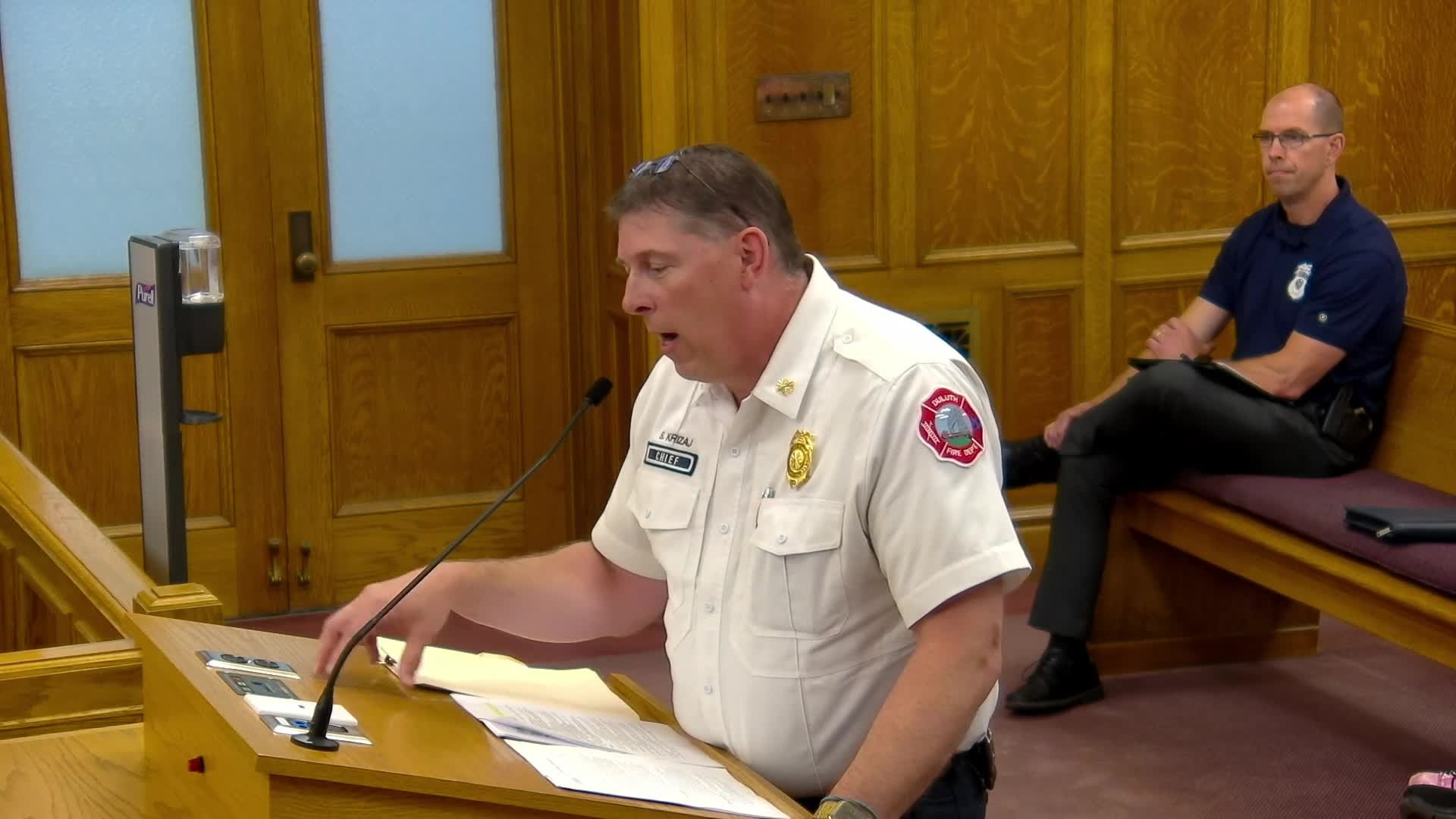City Council debates enforcement of camping ordinance amid homelessness crisis
July 11, 2024 | Duluth, St. Louis County, Minnesota

This article was created by AI summarizing key points discussed. AI makes mistakes, so for full details and context, please refer to the video of the full meeting. Please report any errors so we can fix them. Report an error »

In a recent city council meeting, officials discussed the complexities surrounding homelessness and the enforcement of new ordinances aimed at managing encampments on city property. Chief Sanoa outlined the enforcement framework, emphasizing that law enforcement would only act if shelter options were confirmed available during nighttime hours. The ordinance specifies that enforcement actions, such as citations, would be contingent upon prior warnings and the availability of shelter space.
Councillor Mayo raised concerns about the lack of clarity regarding the timeline for warnings and the definition of shelter capacity, questioning how the city would ensure that individuals are not penalized when no shelter is available. Chief Sanoa acknowledged the challenges, stating that while shelters often operate at full capacity, they do not turn individuals away, complicating the enforcement process.
Advocates for the homeless, including service providers, expressed skepticism about the ordinance's effectiveness, citing experiences from Rochester, where similar measures led to individuals moving to less accessible locations rather than seeking help. They highlighted the need for a more compassionate approach that considers the trauma many individuals face, which can deter them from using available services.
The discussion also touched on the broader context of homelessness, with advocates stressing that the issue is deeply rooted in systemic failures over decades. They called for a multifaceted strategy that includes not only enforcement but also increased shelter capacity and supportive services.
As the council continues to refine its approach, the balance between public safety and compassionate care remains a focal point, with officials acknowledging the need for ongoing collaboration with service providers to address the complex needs of the homeless population effectively.
Councillor Mayo raised concerns about the lack of clarity regarding the timeline for warnings and the definition of shelter capacity, questioning how the city would ensure that individuals are not penalized when no shelter is available. Chief Sanoa acknowledged the challenges, stating that while shelters often operate at full capacity, they do not turn individuals away, complicating the enforcement process.
Advocates for the homeless, including service providers, expressed skepticism about the ordinance's effectiveness, citing experiences from Rochester, where similar measures led to individuals moving to less accessible locations rather than seeking help. They highlighted the need for a more compassionate approach that considers the trauma many individuals face, which can deter them from using available services.
The discussion also touched on the broader context of homelessness, with advocates stressing that the issue is deeply rooted in systemic failures over decades. They called for a multifaceted strategy that includes not only enforcement but also increased shelter capacity and supportive services.
As the council continues to refine its approach, the balance between public safety and compassionate care remains a focal point, with officials acknowledging the need for ongoing collaboration with service providers to address the complex needs of the homeless population effectively.
View full meeting
This article is based on a recent meeting—watch the full video and explore the complete transcript for deeper insights into the discussion.
View full meeting
